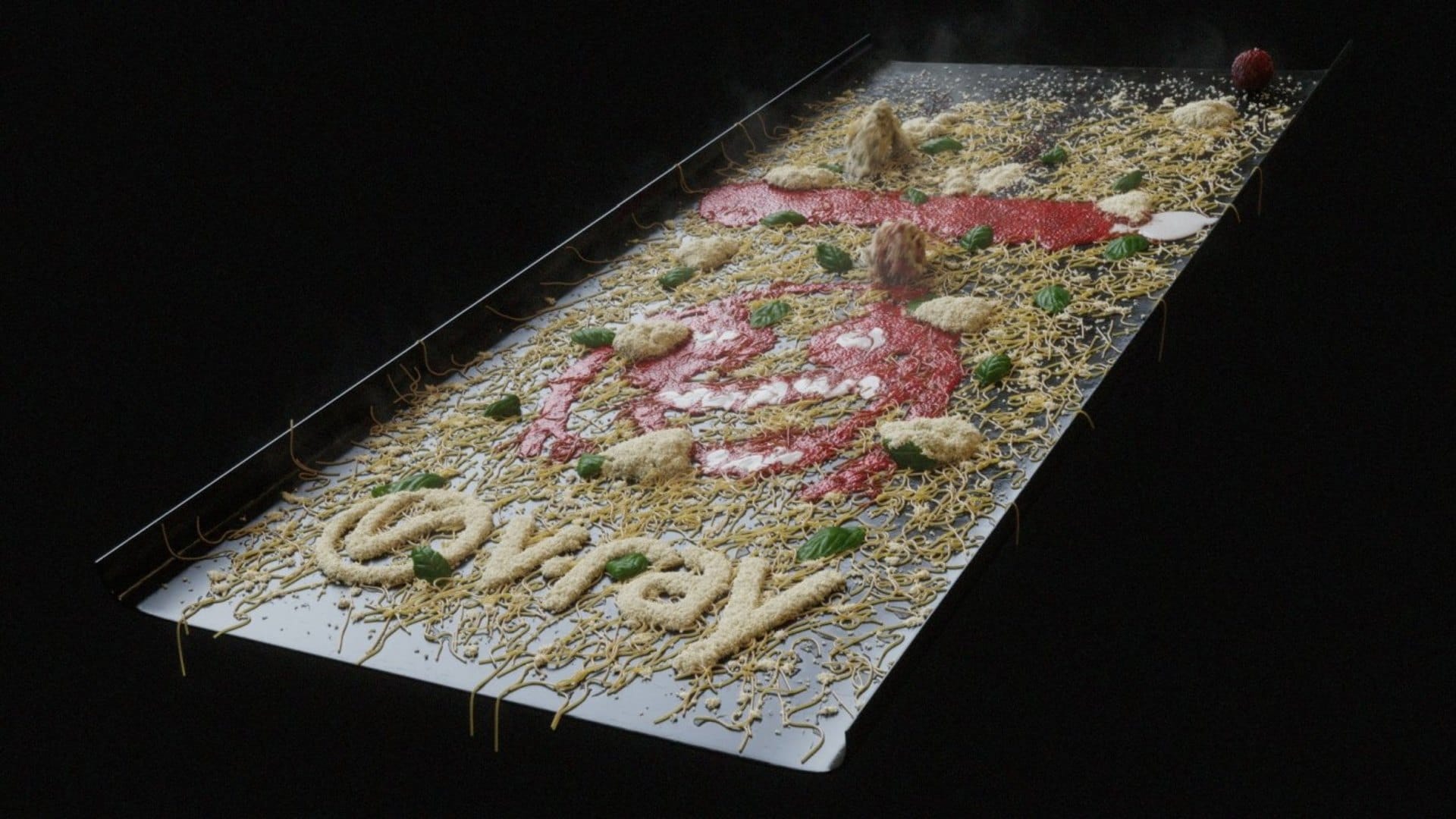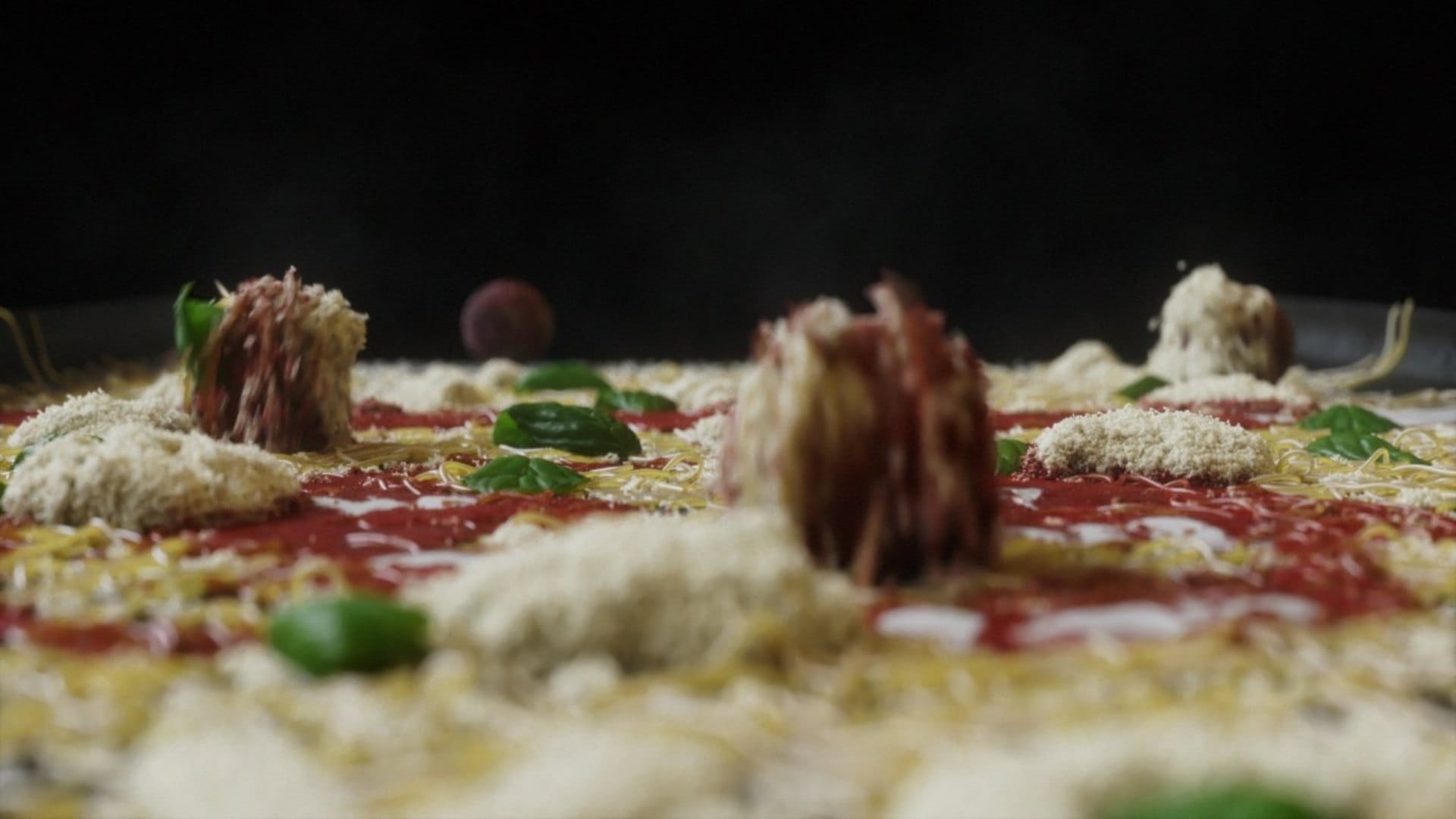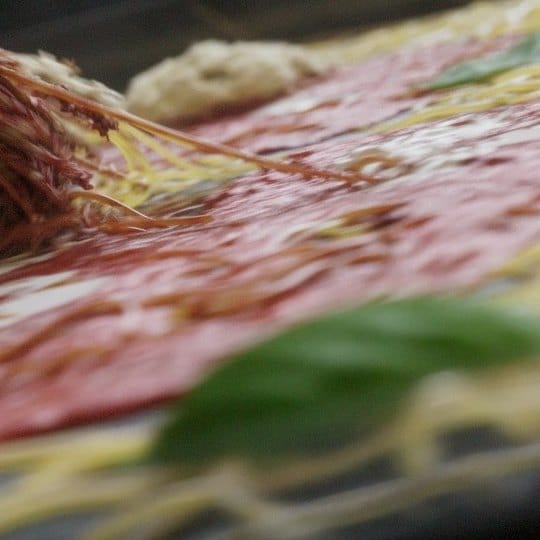The Total Chaos 2019 keynote was a treasure trove of delights for CG fans. Among the surprise announcements and groundbreaking product demonstrations, one moment was a complete hit with the audience: Vlado’s unveiling of Peter Sanitra’s spaghetti with meatballs video.
Created with V-Ray for Houdini, the sim depicts succulent meatballs tumbling down a slope covered in moist spaghetti, tender basil, crumbly parmesan and rich tomato sauce. It’s strangely hypnotic, beautifully realistic — and it will cause tummy rumbles if you’re even slightly hungry.
We join Peter in his V-Ray-powered kitchen to talk about how he cooked up this tasty concoction.
Peter, tell us a little about what you do.
I’m a 3D artist and generalist from Slovakia. I’ve worked in the CG industry for about 20 years and built up a passion for VFX and simulations. I’ve been a modeling and shading artist on many game cinematics involving V-Ray, including Mass Effect, The Crew, Assassin’s Creed, Destiny and Halo, as well as movies such as Final Fantasy and Resident Evil.
I also run noemotion.net together with Marek Denko. In 2015, we released a collection of 150 free HDR images at noemotionhdrs.net.
What inspired you to create the spaghetti and meatballs video?
Internal motivation only. I wanted to explore the Vellum solver added in version 17 of Houdini, as well as the V-Ray for Houdini beta, which I’d been looking forward to for a long time.

With the release of V-Ray for Houdini, my pipeline became even more streamlined.
Peter Sanitra, NoEmotion
How did the V-Ray for Houdini beta improve your workflow?
V-Ray brings to Houdini what we’re used to from other apps: The best, most solid and production-proven CPU ray tracer on the market. It also minimizes the need to transfer data in and out of other applications. Now, we can shade, render and assemble effects shots right inside Houdini and get the results we are used to from V-Ray for 3ds Max or Maya.
I always look for new ways to do my work more efficiently, and Houdini quickly became an integral part of my workflow. With the release of V-Ray for Houdini, my pipeline became even more streamlined.

Where do the spaghetti and meatballs end up?
They end up exactly where any TD/FX artist would put them: Deleted and out of the camera’s field of view! This makes our geometry compilation and rendering times faster.





